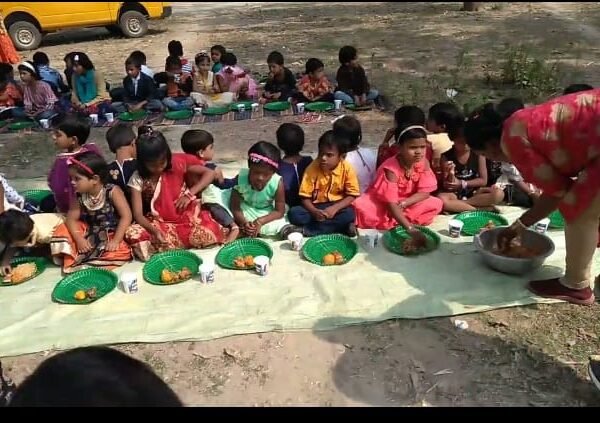Introduction
In a world often marked by inequality and disparity, the plight of poor children is a pressing global issue. These young souls, deprived of basic necessities like food, shelter, and education, face a future shrouded in uncertainty. It is in such challenging circumstances that the act of donation emerges as a beacon of hope, offering a lifeline to those in need. This blog post will delve into the profound impact of donations on the lives of poor children, exploring the various avenues through which these contributions can make a tangible difference.
The Challenges Faced by Poor Children.
Poor children are confronted with a myriad of obstacles that hinder their development and well-being. Malnutrition, a direct consequence of inadequate access to nutritious food, leads to stunted growth, impaired cognitive function, and increased susceptibility to diseases. Lack of proper healthcare further exacerbates their vulnerability, as many are unable to receive timely medical attention for illnesses and injuries. The absence of quality education deprives them of the opportunity to acquire essential skills and knowledge, limiting their future prospects. Moreover, poor children are often exposed to violence, exploitation, and child labor, further compromising their physical and emotional well-being.
A small act of kindness can make a world of difference. Donate today and help provide essential necessities and educational opportunities for underprivileged children. Your generosity can light up their lives and pave the way for a brighter future. Together, we can build a compassionate and inclusive community.
The Impact of Donations on Education.
Education is a powerful tool for breaking the cycle of poverty, empowering children with the knowledge and skills they need to improve their lives. Donations can play a pivotal role in ensuring that poor children have access to quality education. Contributions can be used to construct new schools, renovate existing facilities, provide educational materials, and support the salaries of teachers. By investing in education, we are investing in the future of these children, enabling them to break free from the constraints of poverty and achieve their full potential.
Providing Essential Healthcare.
Healthcare is a fundamental human right that should be accessible to all, regardless of socioeconomic status. Donations can help bridge the gap in healthcare access for poor children. Contributions can be used to fund medical treatments, purchase essential medicines, and support the establishment of healthcare facilities in underserved areas. By ensuring that poor children have access to adequate healthcare, we can protect their health, prevent diseases, and improve their overall quality of life.
Addressing Food Insecurity.
Food insecurity is a pressing concern for many poor families, and children are often disproportionately affected. Donations can help alleviate hunger and malnutrition by providing food assistance to those in need. This can involve distributing food rations, supporting community kitchens, or funding programs that promote sustainable agriculture. By addressing food insecurity, we can ensure that poor children have the nourishment they need to grow and develop.
Empowering Children through Vocational Training.
Vocational training can provide poor children with the skills they need to secure gainful employment and improve their livelihoods. Donations can support vocational training programs, equipping children with practical skills in areas such as carpentry, tailoring, and computer technology. By investing in vocational training, we are investing in the economic empowerment of poor children, enabling them to become self-sufficient and contribute to their communities.
Supporting Child Protection Initiatives.
Poor children are particularly vulnerable to exploitation and abuse, and it is imperative to protect their rights and safeguard their well-being. Donations can support child protection initiatives, such as establishing shelters for children at risk, providing legal assistance, and raising awareness about child abuse and exploitation. By investing in child protection, we can create a safer environment for poor children and ensure that their rights are upheld.
The Power of Community-Based Initiatives.
Community-based initiatives can play a vital role in addressing the needs of poor children. Donations can support local organizations that are working to improve the lives of these children. This can involve funding community development projects, providing scholarships, or supporting mentorship programs. By empowering local communities, we can create sustainable solutions to the challenges faced by poor children.
The Importance of Corporate Social Responsibility.
Corporations have a significant responsibility to contribute to the well-being of society. By incorporating social responsibility into their business practices, corporations can make a meaningful difference in the lives of poor children. This can involve donating a portion of their profits to charitable causes, implementing sustainable practices, and engaging in community outreach programs. By leveraging their resources and influence, corporations can help create a more equitable and just world for all.
Conclusion.
The act of donation is a powerful force for change, offering hope and opportunity to poor children who are struggling to overcome adversity. By investing in education, healthcare, nutrition, vocational training, child protection, and community-based initiatives, we can make a tangible difference in the lives of these young souls. As individuals, communities, and corporations, we have the power to create a brighter future for poor children, one donation at a time. Let us embrace our collective responsibility to ensure that every child has the opportunity to thrive and reach their full potential.

